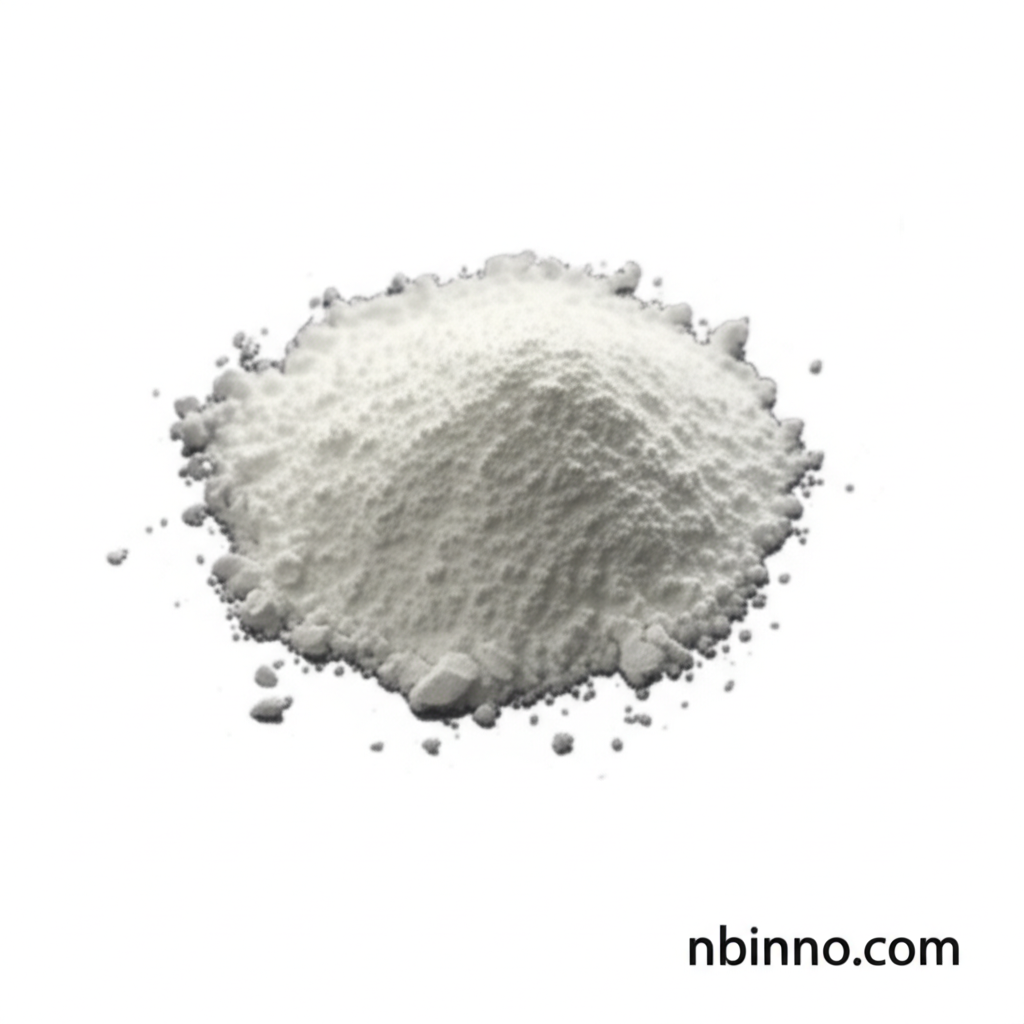2,3-Dibromo-5-methylpyridine: Your Key to Advanced Chemical Synthesis
Discover the exceptional utility of 2,3-Dibromo-5-methylpyridine, a critical organic synthesis intermediate. Its unique chemical properties make it indispensable for developing cutting-edge pharmaceuticals, effective agrochemicals, and innovative materials.
Get a Quote & SampleProduct Core Value

2,3-Dibromo-5-methylpyridine
As a leading supplier in China, we offer high-purity 2,3-Dibromo-5-methylpyridine, a vital organic synthesis intermediate. This compound serves as an essential building block for complex molecular structures, driving innovation across pharmaceuticals, agrochemicals, and material science industries. Its controlled reactivity and consistent quality make it a preferred choice for manufacturers seeking reliable raw materials.
- Buy 2,3-dibromo-5-methylpyridine to unlock efficient pathways for synthesizing novel pharmaceutical compounds, including those with anti-inflammatory and anticancer properties.
- Leverage our 2,3-dibromo-5-picoline price advantage for cost-effective agrochemical development, aiding in the creation of potent pesticides and herbicides.
- Utilize this versatile compound as a crucial organic synthesis intermediate for material science applications, contributing to the development of advanced polymers and coatings.
- Source from a trusted pharmaceutical intermediates China manufacturer to ensure consistent quality and timely delivery for your research and production needs.
Advantages of Using This Product
High Purity and Consistency
Ensure your synthesis runs smoothly with our 2,3-Dibromo-5-methylpyridine, boasting assay levels of ≥98.0%. This adherence to strict quality standards supports reproducible results in complex chemical reactions, making it a reliable agrochemical synthesis building block.
Versatile Reactivity
The bromine substituents on the pyridine ring provide reactive sites, enabling diverse chemical transformations. This versatility is key when looking to buy 2,3-dibromo-5-methylpyridine for broad applications in drug discovery and specialty chemical synthesis.
Cost-Effective Sourcing
Benefit from competitive 2,3-dibromo-5-picoline price points offered by our efficient manufacturing processes as a leading pharmaceutical intermediates China supplier. This makes high-quality chemical intermediates accessible for scaled production.
Key Applications
Pharmaceutical Development
Utilized as a key intermediate in the synthesis of various pharmaceuticals, contributing to the development of anti-inflammatory and antimicrobial agents, as explored in advanced organic synthesis research.
Agricultural Chemistry
Essential for formulating effective agrochemicals, including pesticides and herbicides, to enhance crop protection and yield. This makes it a crucial agrochemical synthesis building block.
Material Science
Explored in the creation of advanced materials, such as specialty polymers and coatings, leveraging its unique chemical properties to improve durability and resistance.
Organic Synthesis
Serves as a fundamental building block in complex organic synthesis, enabling researchers to efficiently create sophisticated molecular structures.
